Bustafellows
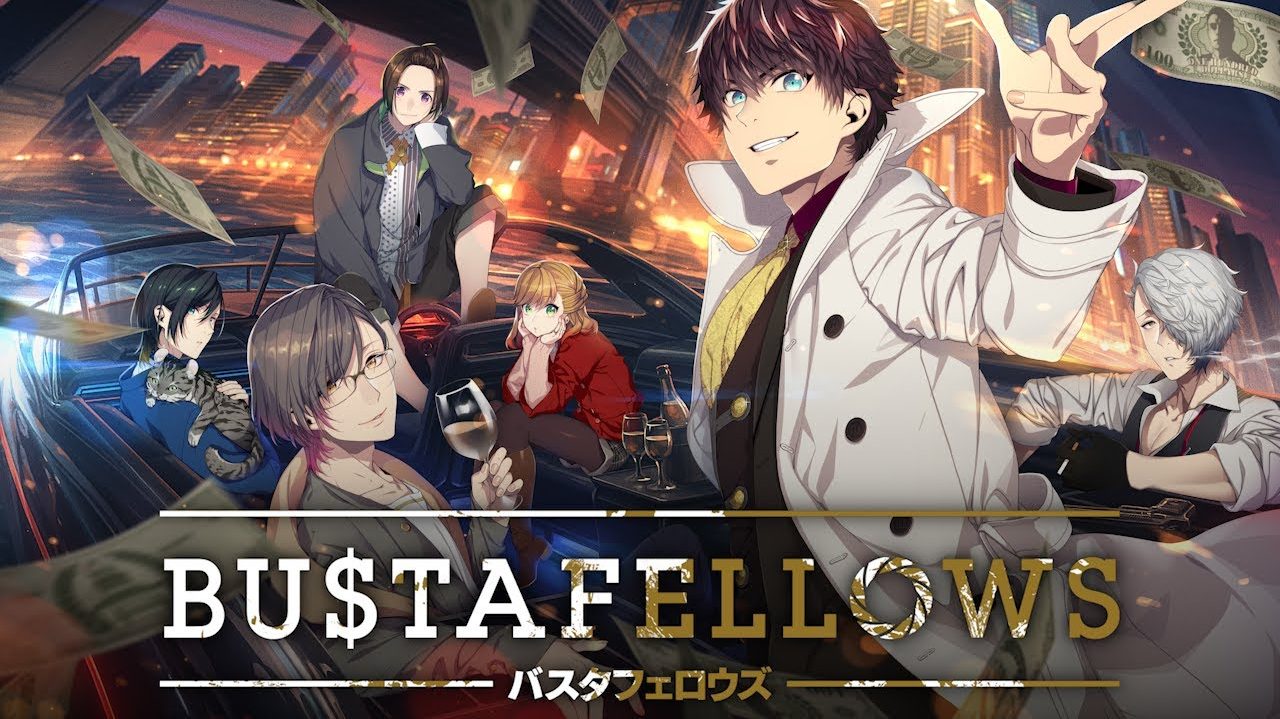
In all my years of playing video games, I never thought I’d be pulled into the genre of visual novels. Perhaps it was my own prejudice against games where there’s a lot of reading and not a lot else; I prefer games where I control a character and make them dance like the polygon puppets that they are, and a visual novel offers none of that. Then, earlier this year, The House In Fata Morgana happened and I was pulled into a world where the story was everything and nothing else mattered. When I polished off that game, I set about looking for my next VN fix. When BU$TAFELLOWS (or Bustafellows for the purposes of those sweet, sweet Google numbers), came to my attention and like any good addict, I just had to have a look at it.
At A Glance
| Scores | |
| Visuals | 8.5 /10 |
| Sound | 7 /10 |
| Gameplay | 6 /10 |
| Overall | 7 /10 |
| Positives | + Beautiful art + Time-twisty story + Numerous decisions to be made |
| Negatives | – Tacked on romance options – Fiddly menus – Localisation issues |
| Price (When Reviewed) | £34.99 |
| Our Playtime | 24 hours |
| Available On | Nintendo Switch, PC |
Bustafellows tells the story of Teuta, a spunky journalist in New Sieg, a New York-style city who can utilise the power of time travel. After witnessing the murder of Limbo, a self professed ‘crooked lawyer’, she uses her skill to head back and prevent his murder. In doing so Teuta is pulled into Limbo’s world, one in which justice is dished out by a well organised syndicate of five vigilantes who try to eradicate criminal activities by any means possible. Like any good crime novel, more pieces of the puzzle are gradually put in place and relationships form, and the story twists and turns without revealing the conclusion until the last minute.
With Teuta joining the underworld to fight crime, she’ll encounter criminal activies surrounding undocumented immigrants and human trafficking, poverty and, of course, a serious virus that has the potential to cripple human life. The time travelling element is a strange one; it’s not explained in a meaningful way, Teuta has the power to do it, and if the rest of the team weren’t so skeptical, she could easily keep going back in time to rectify or warn them of incoming dangers. It sounds like a weighty plot, but each of the characters oozes charm and charisma in such a way that the tone is always kept light and airy. The characters, such as Mozu, the games’ stoic Chief of Autopsy whose reliance on facts and deductions often lead to silly interactions, are all well written and believable. And throughout the 20-30 hours that can be extracted from the game, most of the time is spent enjoying a camp romp through New Sieg with only moments of a gritty drama.
Each of the crimes mentioned are split into four of the chapters that make up the game’s ‘Side A’. The chapters are presented like episodes of a cop show, complete with intro and outro CGI scenes, theme tune and “Coming on next episode” narrator. The presentation is filled with a funky jazz soundtrack, making sure the game feels like a bonafide detective show. Muted trumpets and organ solos often fill the speakers and the theme is different depending on the location. There are some long scenes set in a morgue and a club, so the music can get repetitive, but as soon as the action moves, the music changes and all is forgotten. Setting the game in this way felt like a clever approach to storytelling – presenting the game as a TV show rather than a novel gave New Sieg a personality that made the world believable.
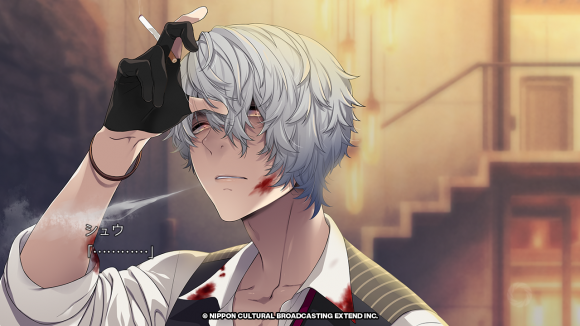
As sure as Side A was the set up for each case, Side B comes in acting as the resolution, sorting through the loose plot threads and tying the whole story together. In Side B you’ll explore the consequences of your actions from the game’s first part and also features the obligatory romance section, but sadly this is where Side B feels a little tacked on. Throughout the story, Teuta is presented with a raft of decisions to make which appear at a constant pace. Some might seem straightforward at first, such as ‘do you take a drag on a cigar?’, or naming a cat, but as the game progresses, each innocent decision has a moral weight to it that might not seem obvious at first. Eventually you will realise that each choice raises an affinity level with one of the five vigilante-lads and the person with the highest number by a certain point in the game is the chosen one and will lead to a specific ending. I might not have played a lot of VNs in my time but I understand that romance is a common trope, and the way it is executed here feels sloppy and contrary to the blocks laid by Side A. Having Teuta suddenly find herself falling for someone she’s worked with throughout the majority of the game where she ‘s only interested in being the best human she can be felt like a cheap add on. Luckily, Side A is where most of the game is set so it’s not too much of a worry, and for multiple playthroughs, any scenes that have already been triggered can be skipped.
Complimenting the characters and scripting is the art direction, which is impeccable. Scenes look beautiful and captivating, each having a level of detail that made me pull the Switch out of the dock to examine the scenes up close and personally. The cast aren’t just static characters on screen either, each of the main cast are well drawn and embody their jobs, for example, Shu, the team’s bounty hunter looks like he’s been in the ring, usually sporting some form of injury and cigarette hanging from his mouth. Even supporting cast members that are typically relegated to either a text box or small profile picture get a look in, with each one expertly crafted with a level of detail as if they were part of the main ensemble.
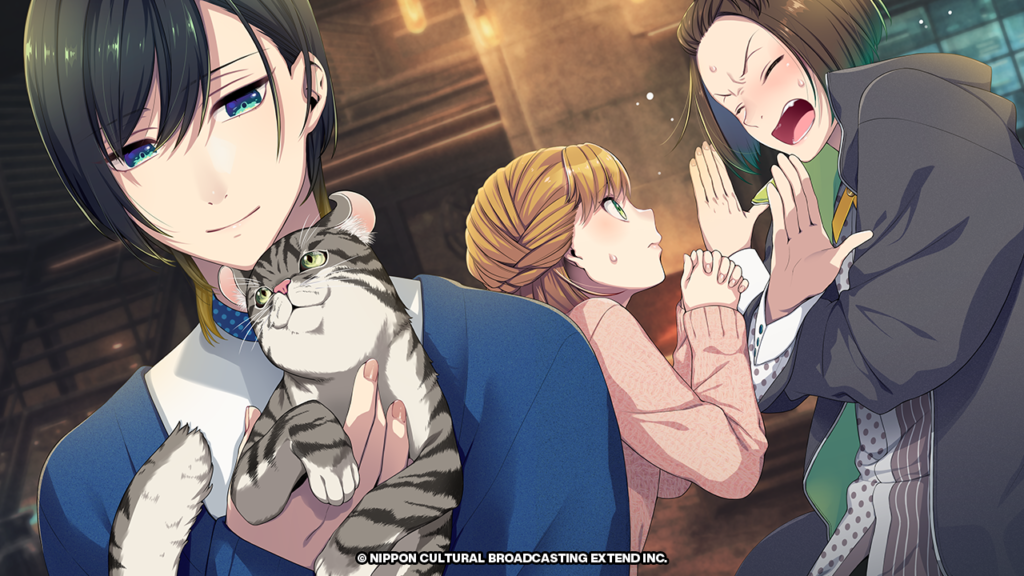
As Bustafellows is a visual novel there isn’t much gameplay to speak of, and most of the time will be spent reading – unless you’re fluent in Japanese. Text speed can be manually tapped through or set to auto which will play out a scene until a decision is made, or in my case, my Switch going to sleep. The game is fully voice acted in Japanese, so the text goes at a steady pace to match the speed. My Duolingo lessons haven’t unlocked the full range of language so I don’t understand the vast majority of what’s being said, although the voice acting does sound lovely and isn’t your usual screaming young anime girl (I’m looking at you, Neptunia!). The only downside to note is that when auto mode is activated any narrative points, such as Teuta setting up the scene or at the beginning of each chapter, are zipped through at a blistering pace, so it’s best to toggle off auto mode in order to keep abreast of the action. There are also a few moments where the translations don’t make sense, such as filling out a questionnaire asking if actions are theoretical or emotional and the answer being either yes or no. It’s not too much of a hassle and doesn’t detract any understanding, but it’s something to be aware of.
For the most part, Bustafellows is an enthralling game with branching narrative options set to a jazzy soundtrack presented as a cop show. Side A of the story explores criminal activities and where the most interesting aspects of the game are found. Side B, aka The Romancing of the Various Lads, brings the decisions from the previous chapters to fruition, but it still feels tacked on and forced. It might be a typical visual novel trope and therefore expected, but Bustafellows simply doesn’t need romance and it acts as a detriment to the overall enjoyment of the story. The first part of Bustafellows shows that there is a lot of appeal for a clever crime caper story; beautiful environments fill the screen and are accompanied by a jazzy soundtrack, and with multiple leads to follow there are a number of outcomes to explore, it’s just a shame it’s marred by the romancing part of the game. That being said, I would still recommend this to visual novel fans, or people looking to get into the genre, as the story and setting of New Sieg is one of fun and enjoyment.
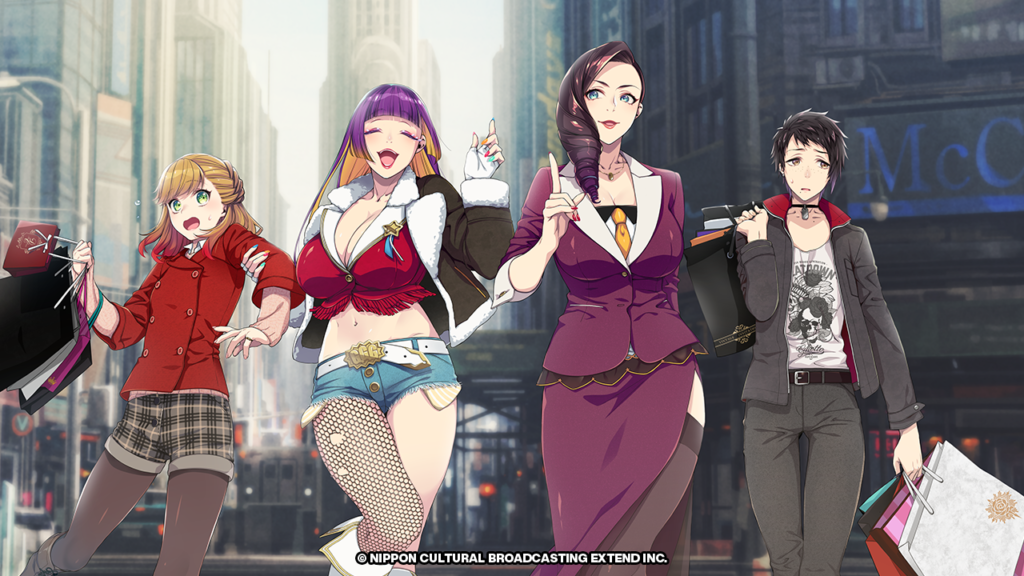
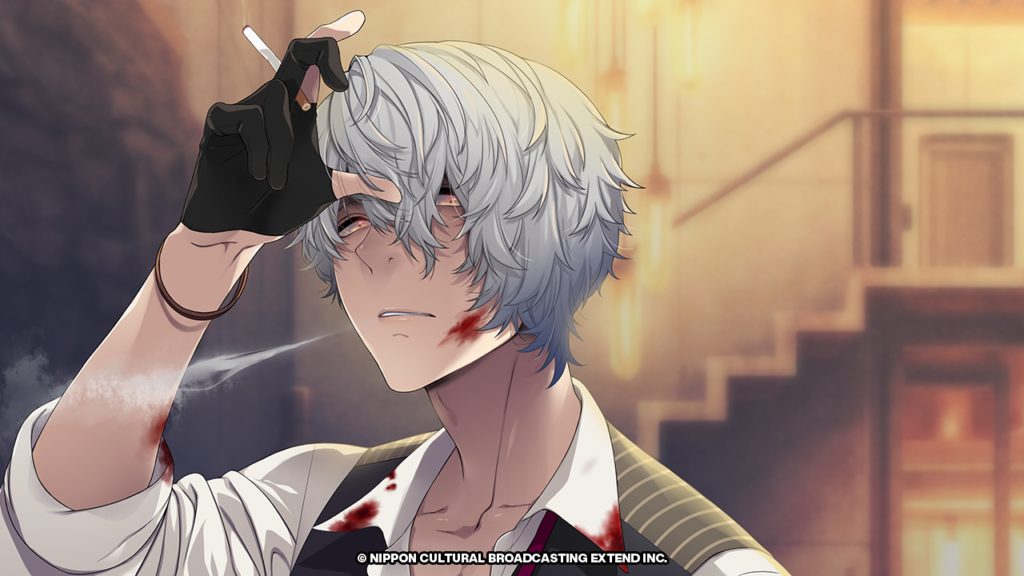
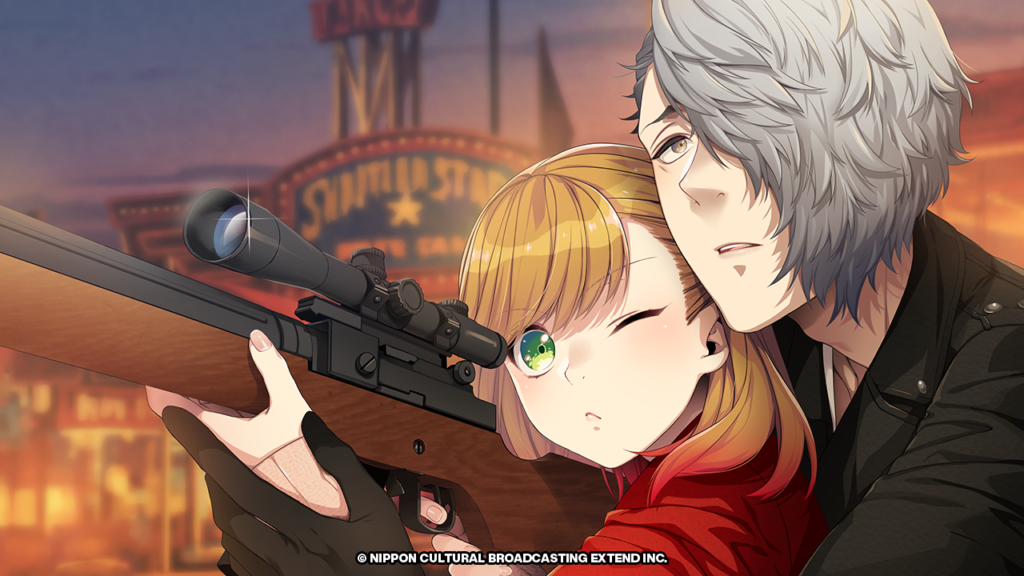

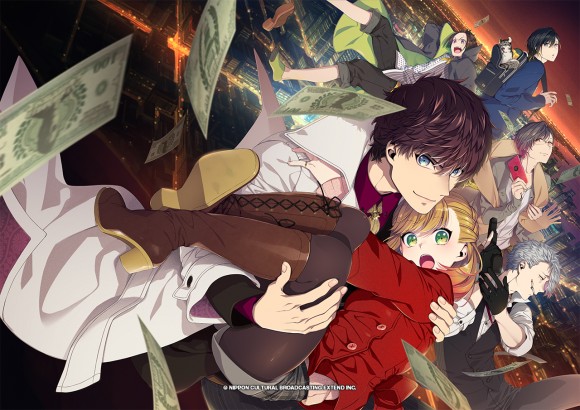
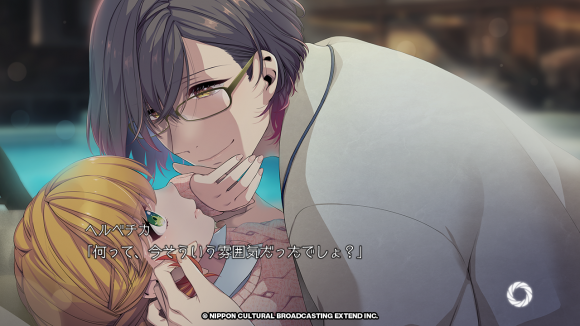
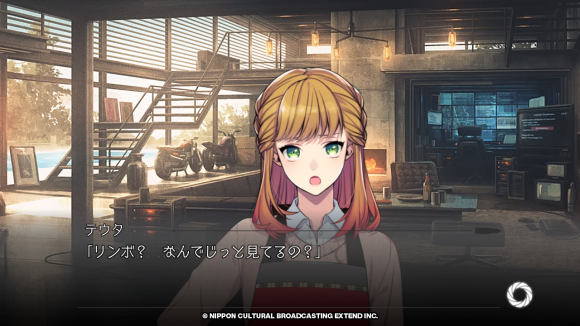


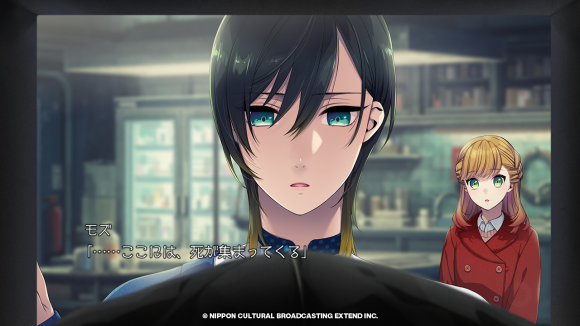
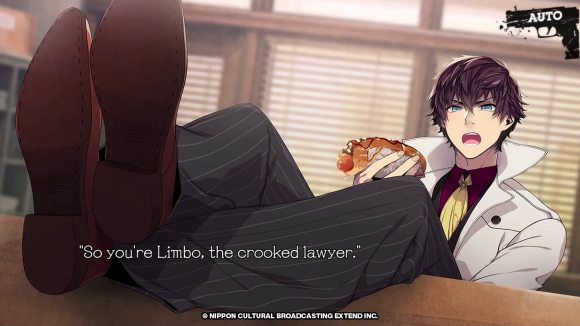
In the interest of full disclosure, the publisher provided VGamingNews with a copy of the game in order to conduct this review.






